Home » Troubleshooting » VFD earth leakage monitoring
VFD earth leakage monitoring
The VFD rectifies the incoming AC line to produce a DC voltage that feeds and inverter stage consisting of 6 IGBT switches. The switches are operated to create a pulse width modulated (PWM) output voltage between the M1/M2/M3 output terminals. The voltage between the output terminals provides the necessary variable frequency and variable voltage power source to operate the motor over a wide speed range.
A side effect of the PWM process is that there is also a voltage generated between an imaginary star point on the 3 phases feeding the motor (M1/M2/M3) and the star point of the incoming AC supply.
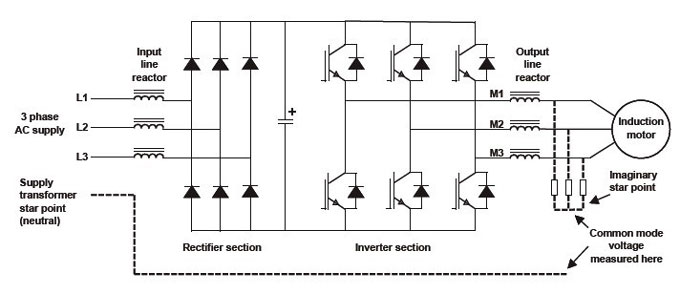
This so called "common mode" voltage is of little consequence from a power point of view because there is no "neutral" or "star point" connection on the output side of the inverter and therefore no path for current to flow except through the small capacitance that exists between the motor circuit and ground. This capacitance will be partly in the motor itself and partly in the associated cables. The current that is able to flow through this capacitive path is quite small, however it may be an issue in systems with earth leakage monitoring, depending on the characteristics of the particular earth leakage monitoring device used. The particular characteristic of concern is the frequency response of the earth leakage monitoring device. The common mode voltage mentioned above is a pulse waveform predominantly containing frequencies at or above the switching frequency of the inverter (500Hz, 1kHz for VFD). The impedance of the capacitive current path decreases with increasing frequencies, so the higher frequency components will predominate.

Single line diagram showing potential paths for capacitive leakage currents
The particular issue with VFD earth leakage monitoring devices is that their behavior is closely specified in the various standards, but only at 50/60Hz and the behavior at higher frequencies such as a few kHz not specified at all. A number, but not all, earth leakage monitoring device manufacturers recognize the possibilities for nuisance tripping and tailor the frequency response of their equipment to eliminate sensitivity to frequencies higher than 200…300Hz. We have tested several popular earth leakage monitoring devices in the Mining and Industrial 500mA category and found them not to exhibit this problem. Additional devices will be tested as they become available to us. Please contact the factory for details or if you have a device that you would like tested.
A side effect of the PWM process is that there is also a voltage generated between an imaginary star point on the 3 phases feeding the motor (M1/M2/M3) and the star point of the incoming AC supply.

This so called "common mode" voltage is of little consequence from a power point of view because there is no "neutral" or "star point" connection on the output side of the inverter and therefore no path for current to flow except through the small capacitance that exists between the motor circuit and ground. This capacitance will be partly in the motor itself and partly in the associated cables. The current that is able to flow through this capacitive path is quite small, however it may be an issue in systems with earth leakage monitoring, depending on the characteristics of the particular earth leakage monitoring device used. The particular characteristic of concern is the frequency response of the earth leakage monitoring device. The common mode voltage mentioned above is a pulse waveform predominantly containing frequencies at or above the switching frequency of the inverter (500Hz, 1kHz for VFD). The impedance of the capacitive current path decreases with increasing frequencies, so the higher frequency components will predominate.

Single line diagram showing potential paths for capacitive leakage currents
The particular issue with VFD earth leakage monitoring devices is that their behavior is closely specified in the various standards, but only at 50/60Hz and the behavior at higher frequencies such as a few kHz not specified at all. A number, but not all, earth leakage monitoring device manufacturers recognize the possibilities for nuisance tripping and tailor the frequency response of their equipment to eliminate sensitivity to frequencies higher than 200…300Hz. We have tested several popular earth leakage monitoring devices in the Mining and Industrial 500mA category and found them not to exhibit this problem. Additional devices will be tested as they become available to us. Please contact the factory for details or if you have a device that you would like tested.
Post a Comment:
You may also like:
Featured Articles
Non-Enclosure Variable Frequency Drive ...
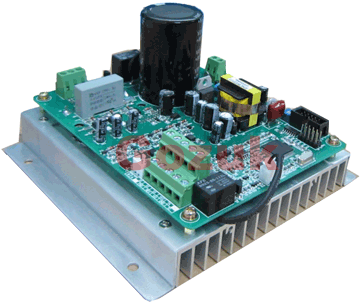 No enclosure (cover), reducing installation space and cost effective. Widely used in All-In-One control cabinet. Keep the same ...
No enclosure (cover), reducing installation space and cost effective. Widely used in All-In-One control cabinet. Keep the same ...
 No enclosure (cover), reducing installation space and cost effective. Widely used in All-In-One control cabinet. Keep the same ...
No enclosure (cover), reducing installation space and cost effective. Widely used in All-In-One control cabinet. Keep the same ...Variable frequency drive application ...
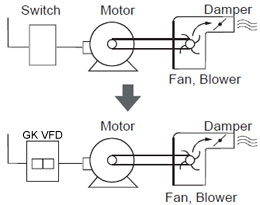 Variable Frequency Drive (VFD) can be used in lots of fields. Variable frequency drives are widely used to control the speed of ...
Variable Frequency Drive (VFD) can be used in lots of fields. Variable frequency drives are widely used to control the speed of ...
 Variable Frequency Drive (VFD) can be used in lots of fields. Variable frequency drives are widely used to control the speed of ...
Variable Frequency Drive (VFD) can be used in lots of fields. Variable frequency drives are widely used to control the speed of ...Variable frequency drive in HVAC ...
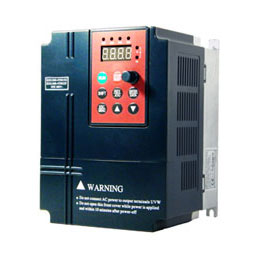 Variable frequency drives (VFD) have been used for HVAC systems in buildings for more than 40 years. But only in recent years, ...
Variable frequency drives (VFD) have been used for HVAC systems in buildings for more than 40 years. But only in recent years, ...
 Variable frequency drives (VFD) have been used for HVAC systems in buildings for more than 40 years. But only in recent years, ...
Variable frequency drives (VFD) have been used for HVAC systems in buildings for more than 40 years. But only in recent years, ...Variable Frequency Drive Harmonics and ...
A discussion of the benefits of variable frequency drives often leads to a question regarding electrical harmonic distortion ...
Three phase inverters
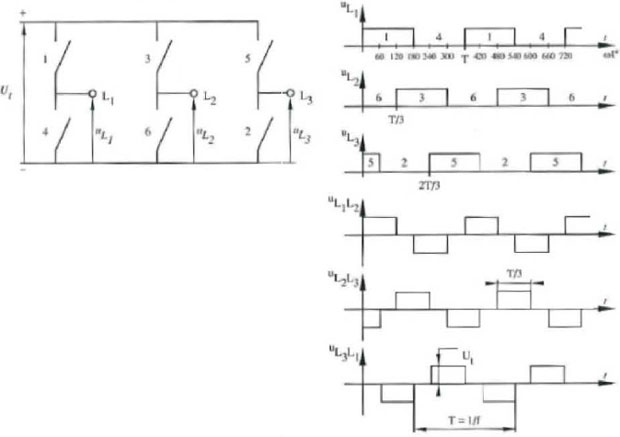 In the variable frequency drive rectifier paper, it explains how to go from three phase alternating current voltage to a direct ...
In the variable frequency drive rectifier paper, it explains how to go from three phase alternating current voltage to a direct ...
 In the variable frequency drive rectifier paper, it explains how to go from three phase alternating current voltage to a direct ...
In the variable frequency drive rectifier paper, it explains how to go from three phase alternating current voltage to a direct ...
VFD manufacturers
